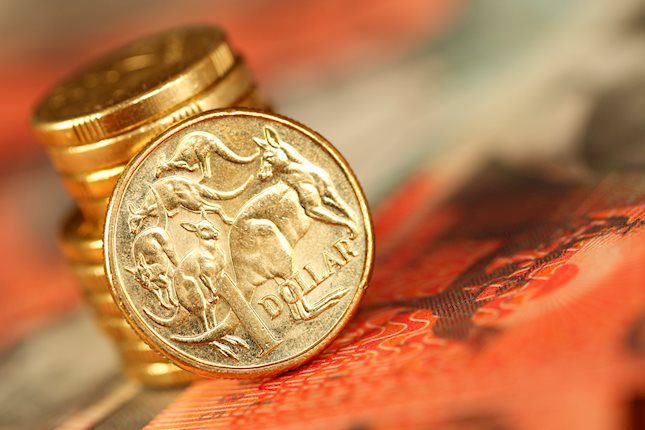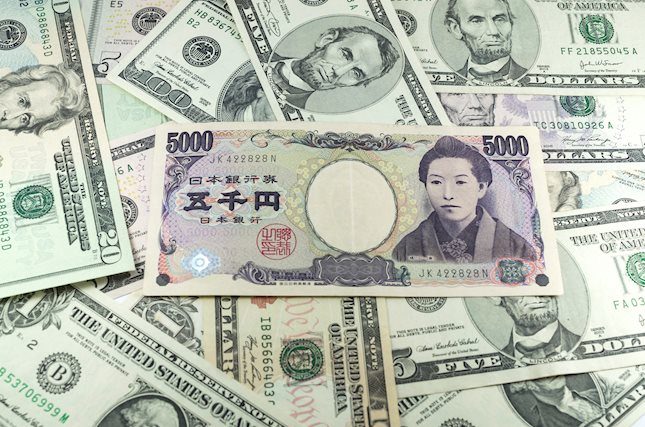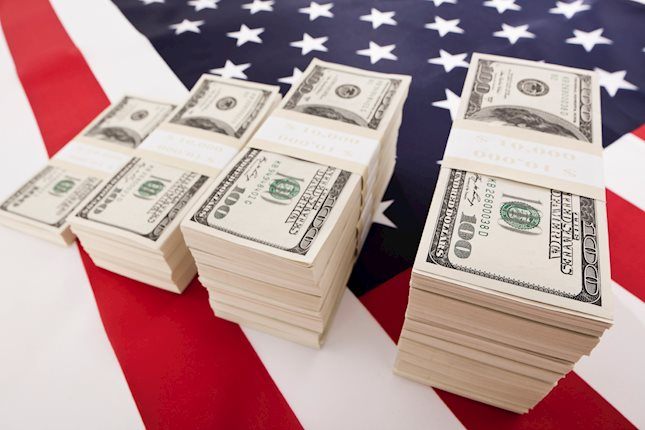USD/INR Exchange rate
Editors’ Picks

AUD/USD eases off multi-month highs above 0.6900 after dismal China's PMIs
AUD/USD is paring back gains below the multi-month highs of 0.6937 in the Asian session on Monday. The mostly downbeat business PMI reports from China's NBS and Caixin hit the sentiment around the Aussie amid a risk-rally in Chinese stocks on more stimulus measures to spur the economy.

USD/JPY trims gains to trade near 142.50 amid Japanese political updates
USD/JPY is trading at around 142.50 in Asian trading on Monday after facing rejection at 143.00. Negative Japanese equities drag the pair, as markets speculate about Japan's snap election. However, mixed Japanese data and China stocks rally cap the pair's downside.

Gold edges higher above $2,650 as traders brace for Chinese PMI data
Gold price recovers to near $2,665 during the early Asian session on Monday. The geopolitical risks and firmer expectation of another oversized interest rate cut by the Federal Reserve in November lift the precious metal.

Week ahead: NFP on tap amid bets of another bold Fed rate cut
Investors see decent chance of another 50bps cut in November. Fed speakers, ISM PMIs and NFP to shape rate cut bets. Eurozone CPI data awaited amid bets for more ECB cuts. China PMIs and BoJ Summary of Opinions also on tap.

RBA widely expected to keep key interest rate unchanged amid persisting price pressures
The Reserve Bank of Australia is likely to continue bucking the trend adopted by major central banks of the dovish policy pivot, opting to maintain the policy for the seventh consecutive meeting on Tuesday.
Majors
Cryptocurrencies
Signatures
USD/INR
The USD/INR pair tells the trader how many Indian Rupees (the quote currency) are needed to purchase one U.S. dollar (the base currency). The Rupee is symbolized by ₹ and is the 20th most traded currency worldwide.
HISTORIC HIGHS AND LOWS FOR USD/INR
- All-time records: Max: 69.528 on 28/08/2013 - Min: 1.30 in 1948
- Last 5 years: 74.42 on 11/10/2018 - Min: 61.81 on 28/03/2015
* Data as of February 2020
ASSETS THAT INFLUENCE USD/INR THE MOST
- Currencies: USD, CNY and GBP.
- Commodities: Gold, oil and silver (India is a major oil and commodity importer).
- Bonds: T-NOTE 10Y (10 year United States Treasury note) and GIND10YR (India Government Bond Generic Bid Yield 10 Year).
- Indices: S&P BSE SENSEX (S&P Bombay Stock Exchange Sensitive Index), NIFTY (National Stock Exchange of India's benchmark stock market index for Indian equity market) and NSE (National Stock Exchange of India Ltd).
ORGANIZATIONS, PEOPLE AND ECONOMIC DATA THAT INFLUENCE USD/INR
In India, the organizations and people that affect the most the moves of the USD/INR pair are:
- Reserve Bank of India which controls the issue and supply of the Indian rupee. RBI is the regulator of entire Banking in India. It plays an important part in the Development Strategy of the Government of India, issues statements and decides on the interest rates of the country. Its Governor is Shaktikanta Das.
- Government of India, often abbreviated as GoI, (whose President is Ram Nath Kovind) and its Ministry of Finance (whose minister is Nirmala Sitharaman) that implement policies that affect the economy of the country.
In the USA, we have:
- Fed, the Federal Reserve of the United States of America whose president is Jerome Powell. The Fed controls the monetary policy, through active duties such as managing interest rates, setting the reserve requirement, and acting as a lender of last resort to the banking sector during times of bank insolvency or financial crisis.
- The US Government (and its President Joe Biden): events as administration statements, new laws and regulations or fiscal policy can increase or decrease the value of the US Dollar and the currencies traded against it, in this case the Bank of India.
In terms of economic data, we should highlight the Trade Account Balance, a balance between exports and imports of total goods and services. A positive value shows a trade surplus, while a negative value shows a trade deficit. It is an event that generates some volatility for the USD/INR. If a steady demand in exchange for INR exports is seen, that would turn into a positive growth in the trade balance, and that should be positive for the INR.
Inflation is another economic value that is important for the USD/INR pair. It is measured among others by the CPI (Core Price Index) and the PPI (Production Price Index). They are key indicators to measure inflation and changes in purchasing trends.